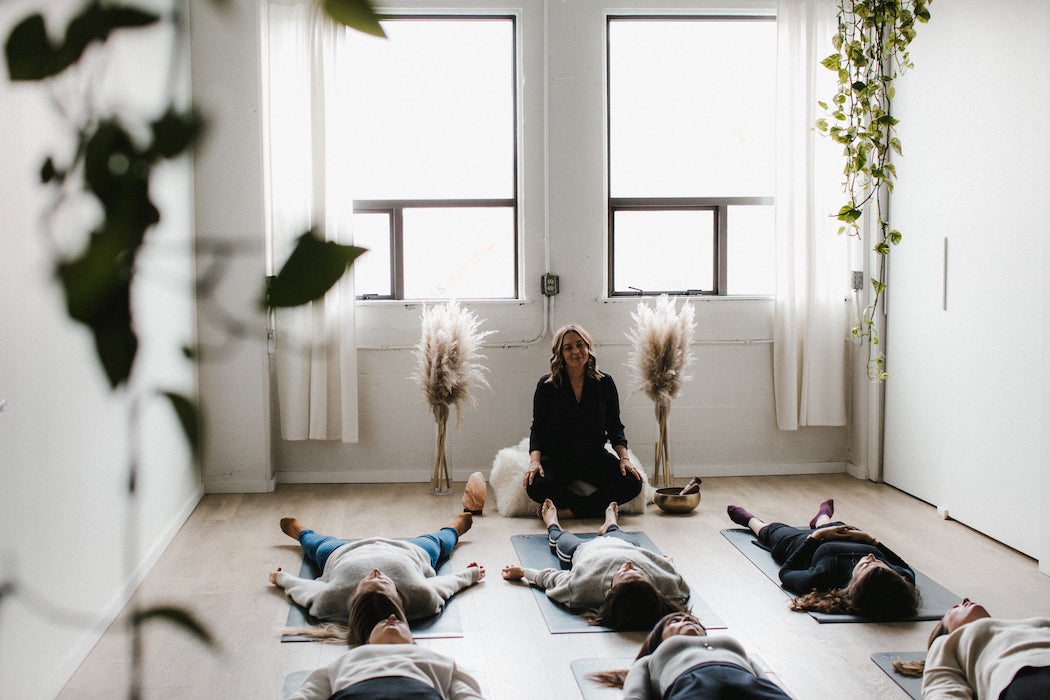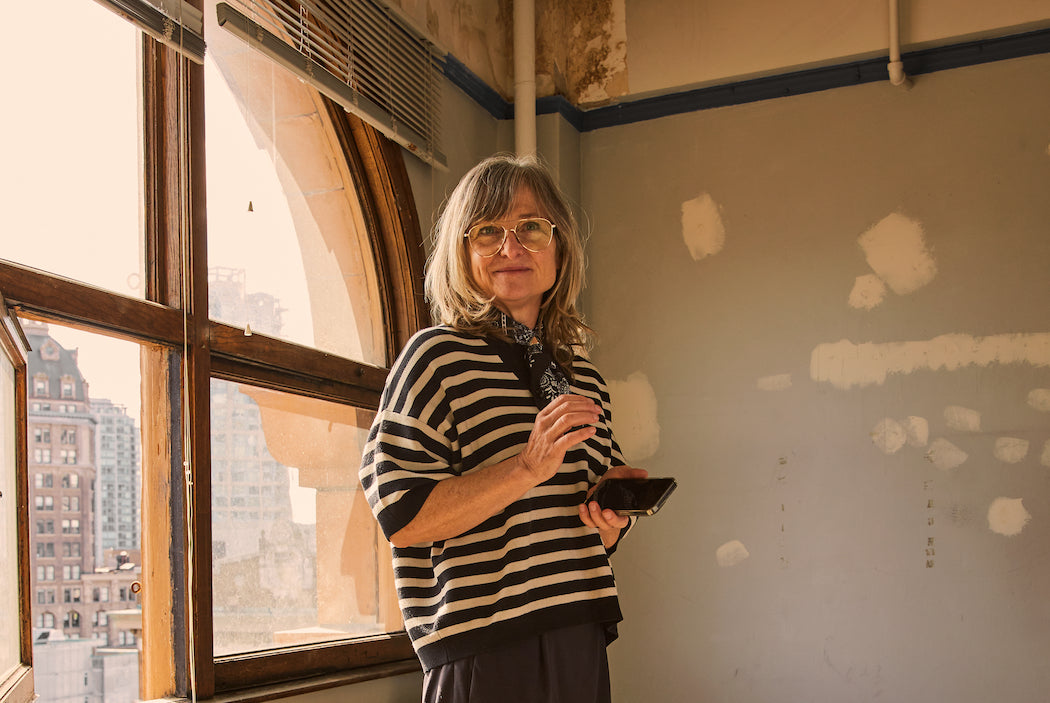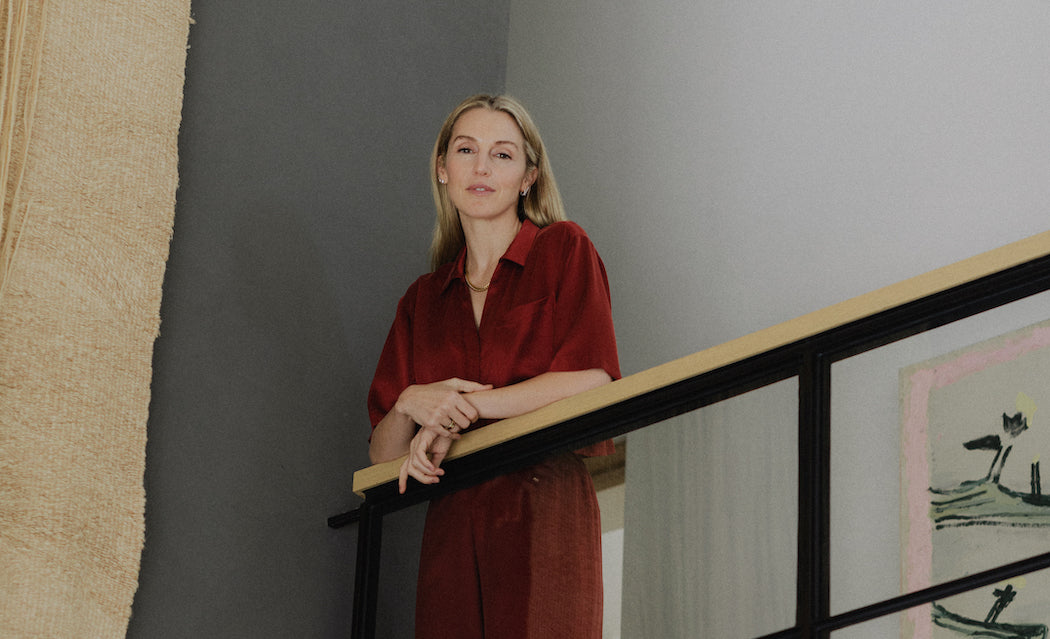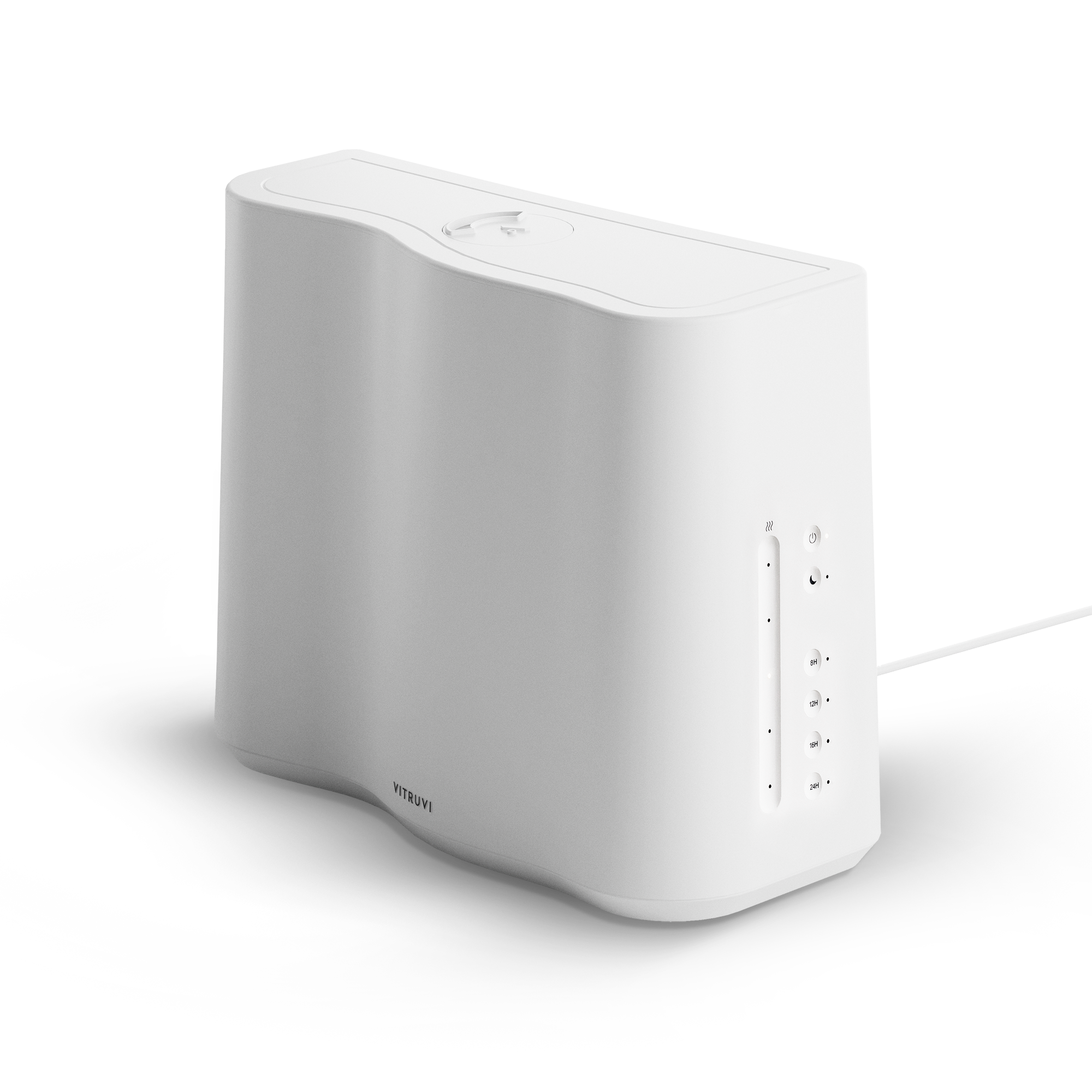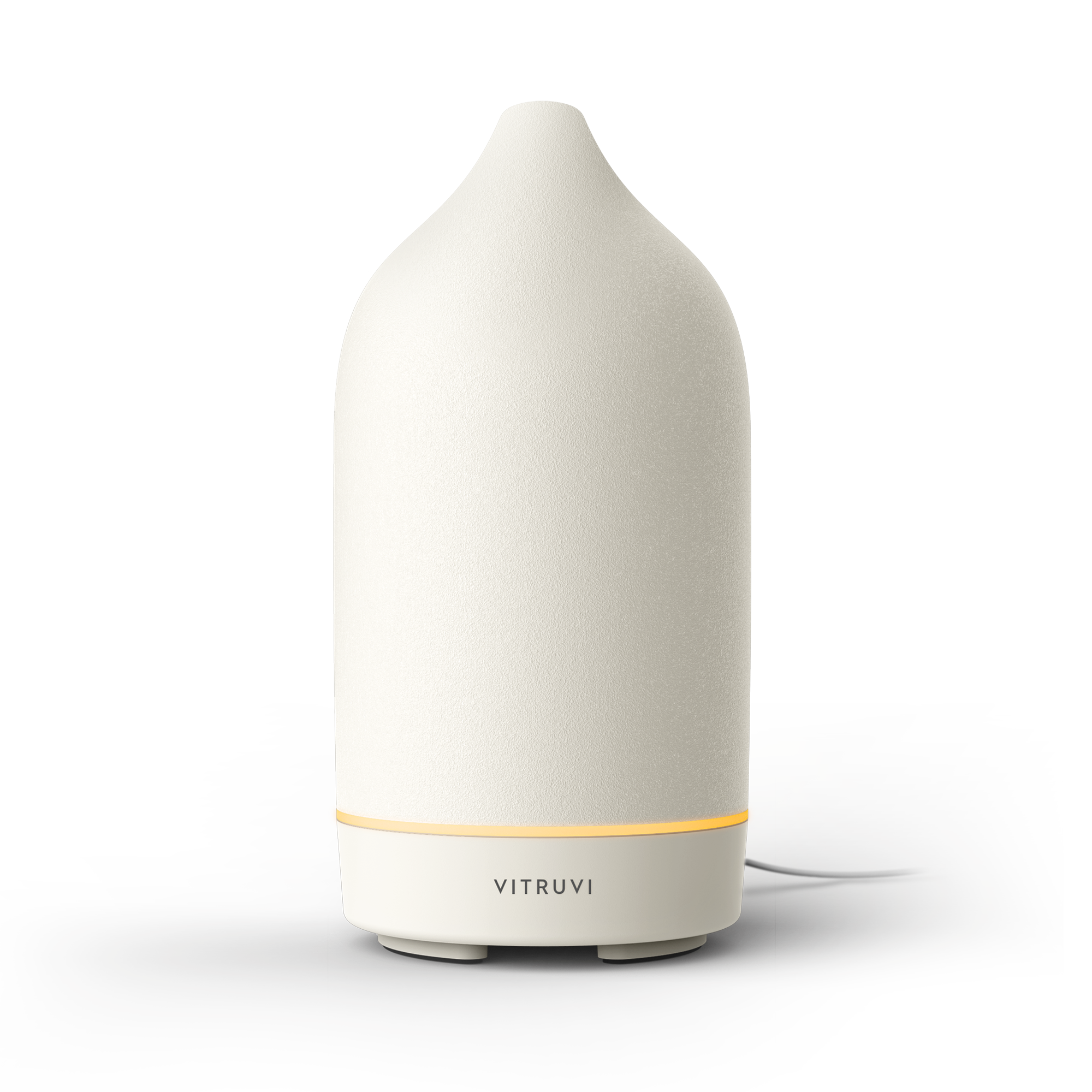When I walked into spiritual medium Bree Melanson’s breathwork session, I thought I was in for an hour of deep-breathing techniques that would help me cope with the stresses of life. Turns out I was very wrong.
Breathwork, I soon learned, is a form of rhythmic breathing meditation that puts your body into a state of relaxation, which in turn helps it release. During the workshop with Melanson at Vancouver’s Werklab, many participants cried, laughed, and even claimed to have out-of-body experiences or be visited by deceased loved ones. I had none of the above, which is perhaps why even more than a year later, I felt like I didn’t really grasp what breathwork could do for me. So I went back to the source.
Over video chat from her home in California, Melanson helped me understand what breathwork is and how it can benefit us. After we spoke, I laid down on my couch and took a guided session that is available for free through her website. I can’t say I had an otherworldly experience, but I will say this: I cried, and it felt really good.
Let’s start with the basics. What is breathwork?
There are so many types of breathwork or pranayama [synchronized breath movements, most often used during yoga]. This one, the way that I describe it just on a real basic level, is it kind of tases the ego and it really gets us out of the thinking mind and completely pushes that part of ourselves to the side. And what it’s doing on a more physical level is it’s activating our parasympathetic system and it’s forcing our body into a deep, deep relaxed state. Which usually would take years of meditating. But because our body is placed in that parasympathetic state, there are all these things going on in the brain and the body with that kind of shock or that taser, and the body’s able to just kick into releasing and feeling, essentially—so that’s why there can be a lot of tears or even laughter. Usually between minute one and five, if you push through, then there’s that opening where you’re really in that relaxed state.
You have to push through, and it is uncomfortable, because we are making that part of us—our active mind—really shut off. And it’s the part of us that thinks it’s keeping us safe all the time, so to get that wall down is not easy.
I always try to guide it from the state of: “Okay, let’s look at what’s coming up, feel it in the body. What’s the block? What’s it really doing there?” Because everything serves a purpose, and I think our tendency is to just kind of try to suppress or avoid what feels bad, when what feels bad is [our body] asking us if we want to access a deeper freedom. When we can take a deeper look at what the pain and hardship is really bearing, that’s when I think we can have healing.
I know our bodies can also hold onto trauma we might not even be aware of, which it seems like breathwork could help release.
Yes. It’s not like the body is a malfunction. We’re asking it to carry something that we are not, and our body is so capable—it’s always reorganizing itself literally every second to support us, so it’s telling us when we’re off kilter through stress or anxiety. So we tend to just keep ploughing through and yeah, it’s going to harden until we can soften and just be a little bit more gentle. I think our bodies are our greatest teachers, and are always really just trying to anchor us to come back to presence.
Do you always recommend doing breathwork with an experienced guide?
I think it’s nice if it’s your first time. I do a free one on my site that’s 13 minutes long that’s a really nice entryway.
What are some other ways you can suggest for people to start getting in touch with their spirituality?
Just become really present with yourself and remember that we are not our thoughts and we are not our stories and we are not our emotions, but we are that stillness that’s behind all of those things. So one of the things that I like to suggest for people is just taking into consideration: what are the things in your life that bring you back to that state? When do you feel really aligned? When are you reminded who you really are? And they’re really quite simple; a lot of it is things like, “When I walk on the beach, when I move my body.” It doesn’t necessarily have to be this huge vision of an angel and your purpose.
How do you use breathwork in your own spiritual practise?
When I first found it, I was using it a lot and I had a lot to release. And now I don’t have as many big releases … but I still use it at least once a week. I’ll do a longer one where I’m breathing for at least 30 minutes. I still feel so much more aligned and in my body [when I do it]. And I think it’s important to note that even if you don’t have some big epiphany, there’s still been a shift. Sometimes I’ll go in and I’ll just be like, “Well, that was lame.” And then I’ll watch things opening up in my life around what I went into that meditation with. So intuition aside, I think it’s a really great way to just realign the body and the immune system and connect. Our bodies are so miraculous, we’ve really just scratched the surface on what they’re capable of.
I think what’s cool about breathwork is it helps bring us back to a clean slate where we can relax back into our being and kind of let go.
This interview has been edited and condensed.

